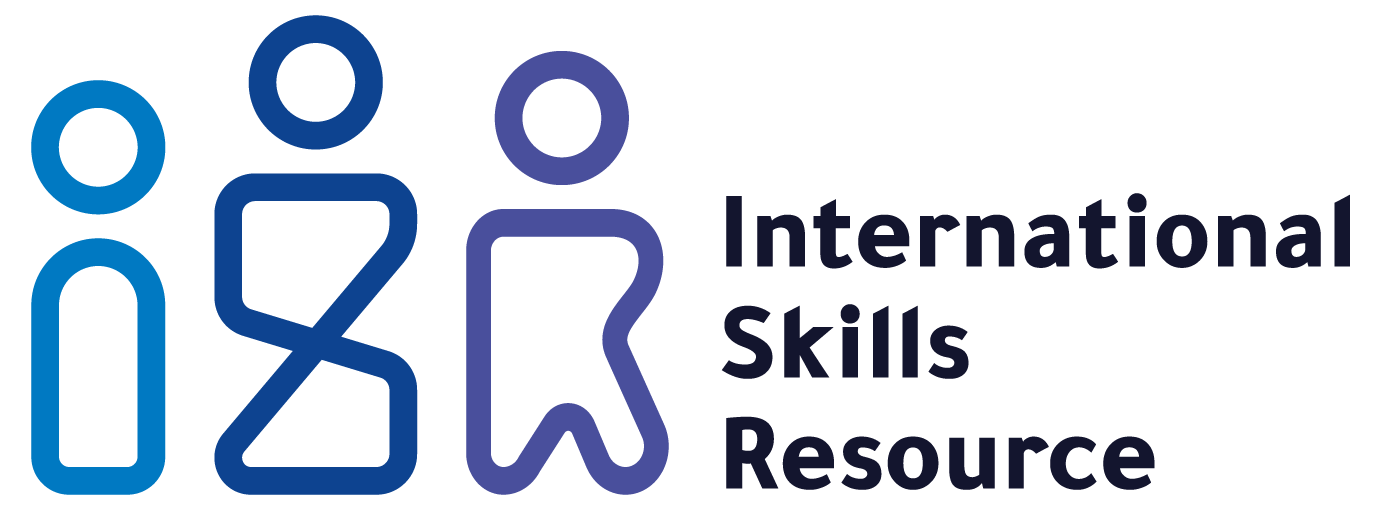The rise of remote work has fundamentally transformed the way we work, offering flexibility, increased productivity, and access to a global talent pool. While remote work offers numerous benefits, effectively managing a remote team requires a different approach than traditional in-office teams. Building a successful remote team requires careful planning, clear communication, and strategies for fostering collaboration and engagement.
The Benefits of Remote Work:
- Increased Flexibility: Employees can work from anywhere, leading to greater work-life balance and improved well-being.
- Enhanced Productivity: Employees can focus on work without distractions, leading to increased productivity and efficiency.
- Access to Global Talent: Recruit from a diverse pool of skilled professionals, regardless of geographic location.
- Reduced Overhead Costs: Organizations can save on office space and related expenses.
Challenges of Managing Remote Teams:
- Communication Barriers: Maintaining clear and consistent communication is essential when team members are geographically dispersed.
- Building Relationships: Fostering a sense of connection and camaraderie among remote team members can be challenging.
- Managing Collaboration: Coordinating work, sharing information, and ensuring seamless collaboration requires effective tools and strategies.
- Motivation and Engagement: Keeping remote employees motivated and engaged requires intentional effort and creative approaches.
Tips and Strategies for Successful Remote Team Management:
1. Establish Clear Communication Norms:
- Define Communication Channels: Establish clear guidelines for using different communication tools (email, instant messaging, video conferencing) for different purposes.
- Regular Check-ins: Schedule regular team meetings to discuss progress, address challenges, and ensure everyone is on the same page.
- Over-Communicate: It’s better to over-communicate than under-communicate. Provide clear instructions, share updates regularly, and encourage open dialogue.
- Consider Time Zones: Be mindful of time zone differences when scheduling meetings and communication.
2. Foster a Strong Team Culture:
- Build Relationships: Encourage team members to get to know each other through virtual social events, team-building activities, and casual interactions.
- Share Updates and Celebrate Successes: Recognize individual and team achievements to boost morale and create a positive work environment.
- Promote Inclusivity: Create a culture where everyone feels valued, respected, and included, regardless of their location or background.
3. Utilize Technology Effectively:
- Project Management Tools: Implement project management platforms to track progress, assign tasks, and ensure everyone is aligned on goals.
- Collaboration Platforms: Utilize collaborative tools for document sharing, file management, and real-time co-editing.
- Video Conferencing: Leverage video conferencing tools for meetings, presentations, and team brainstorming sessions to create a more personal and engaging experience.
- Communication Tools: Choose a combination of tools that best suit your team’s needs, such as instant messaging, email, and project management platforms.
4. Prioritize Employee Well-being:
- Flexible Work Schedules: Allow employees to set their own schedules to accommodate different time zones and personal commitments.
- Support for Remote Work Setups: Provide resources and guidance to help employees create comfortable and ergonomic home offices.
- Encourage Breaks and Time Off: Remind employees to take breaks, disconnect after work hours, and prioritize their well-being.
- Regular Check-ins on Well-being: Schedule regular one-on-one meetings with employees to check in on their workload, progress, and overall well-being.
Conclusion:
Managing a remote team effectively requires a combination of clear communication, strong team culture, technology leverage, and a focus on employee well-being. By implementing these strategies, you can build a successful remote team that is productive, engaged, and thrives in a dynamic and flexible work environment.





